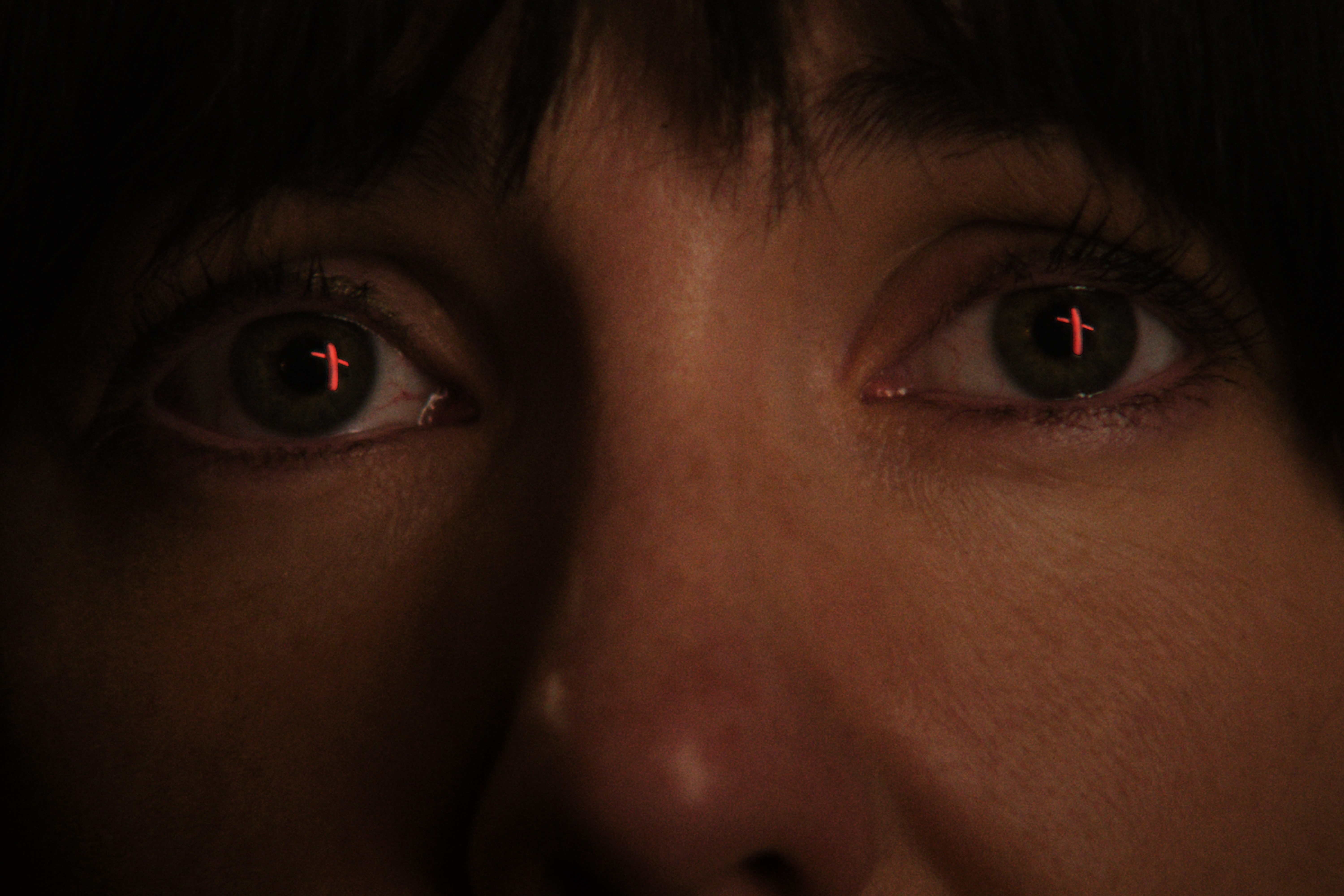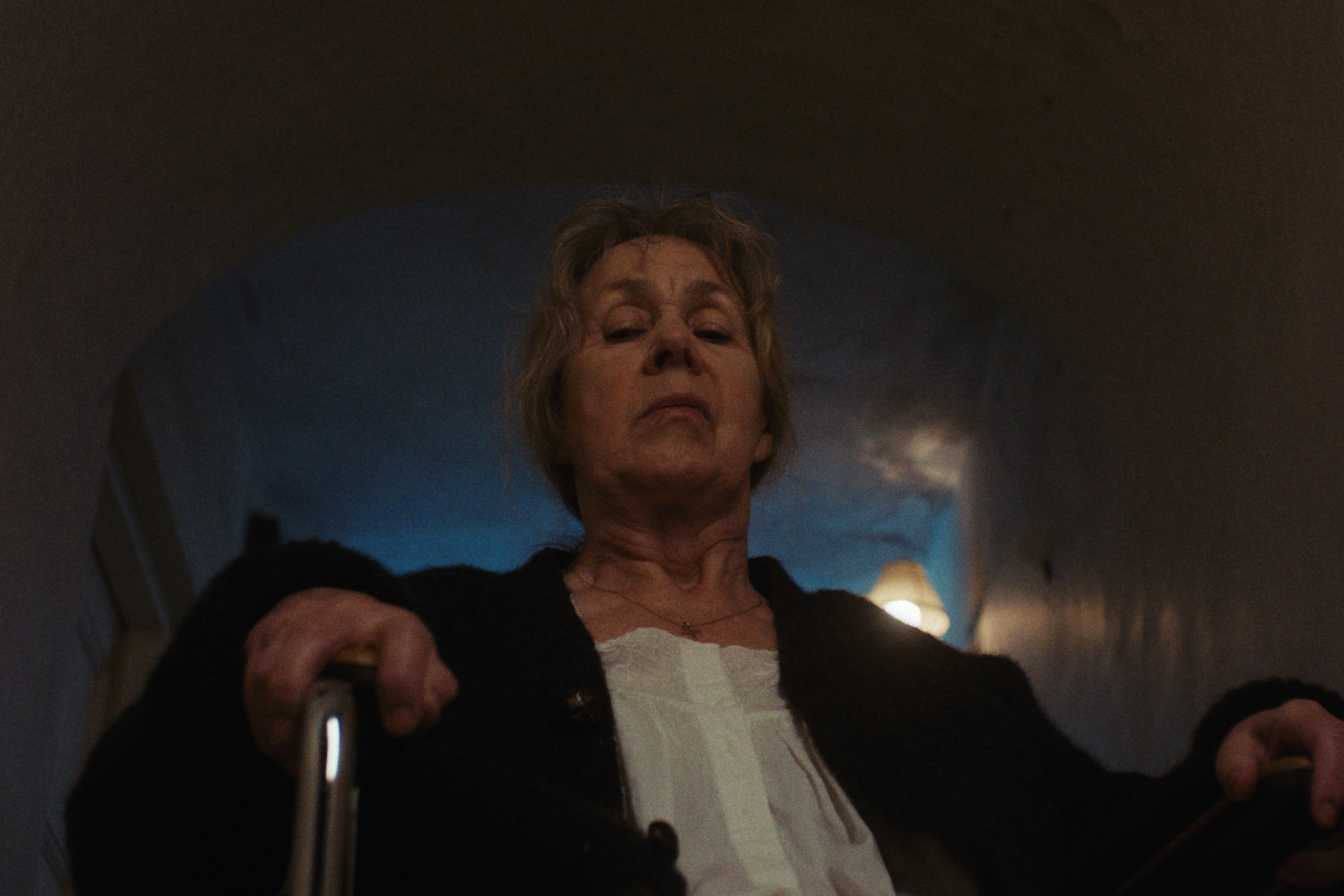Minority languages offer ‘something specific about a culture that’s otherwise totally lost’
Irish language “no longer needs our life support,” Fréwaka director Aislinn Clarke tells Catalan News

Competing at this year’s Sitges Film Festival official selection is Irish filmmaker Aislinn Clarke’s second feature film, Fréwaka, a disturbing and sinister work that draws on themes of Irish mythology, pagan imagery, systemic misogyny, abuses of the church, mental health, and inter-generational trauma.
The film is also predominantly in the Irish language, the indiginous language only spoken regularly by a small fraction of the population.
Making a film in the native but not commonly spoken language of her country has always been an ambition of hers as she grew up speaking it at home, and she believes it’s “important” to preserve minority languages as “they really give you something specific about a culture that’s otherwise totally lost," and adds that the language is “vital to understanding Irish people.”
After the successes in recent years of other Irish language films The Quiet Girl and Kneecap, Clarke delights in saying that Gaeilge “doesn’t need our life support anymore.” Kneecap, featuring plenty of drug use and sexual references but “doing it naturally in the language” Clarke says, particularly symbolizes the revival the language is enjoying.
After completing education through university level all through Irish, Clarke even taught to adults in night classes for a period, before beginning to lose her level of the language after the passing of her father. “I used to be fluent, then my dad died and I didn’t have someone in that daily kind of interaction that I was talking to,” she says. “And when it’s so connected with your family in that way, it gets weirdly emotional.”
As for making a movie in the language, she says that a bilingual script was needed for the crew members, but overall it didn’t pose any particular unique challenges as long as the director and the actors knew what was happening.
She also expects no issues to arise with audiences, either, as genre fans typically appreciate the “different texture” that other languages can offer. “Horror fans are very happy to have foreign language content.”

Inter-generational trauma
Fréwaka is an anglicized phonetic spelling of the Irish word ‘fréamhacha,’ meaning ‘deep roots,’ and the film is Clarke’s own “lens on Irishness.”
Trauma is a deeply rooted theme of the whole film, inter-generational trauma within families as well as “broader cultural traumas” derived from the country that was built in the image of the Catholic church after gaining independence from Britain in the early 20th century.
When asked if her film is a criticism of the Catholic church in Ireland, Clarke tells Catalan News that she finds it “really hard to talk about Ireland and Irishness without being critical of the Catholic church-state apparatus in Ireland.”
Clarke says that the Irish state “didn’t take the shape that was the best for women in particular,” a recurring theme throughout the film in references to Magdelene Laundries, abusive church-run institutions that for decades were asylums for unmarried mothers and that regularly separated mothers from babies, even selling the newborns to families in other countries.
Ireland's historic treatment of women is a central issue the film tackles. “There’s so much pain in Irish history, there’s so much suffering, and there’s so much that hasn’t actually, I don’t think, really been faced head-on and addressed. We seem very upbeat, but underneath it all, there’s a whole universe of emotion and undealt-with trauma and pain and grief.”

The Irish famine, which in the 1840s resulted in the death or emigration of half of the Irish population, “had a physiological effect on people” which has been passed down through generations. “Our ancestors who barely survived, we have vestiges of that suffering still in us, in our physiology, in a literal, scientific sense. And it’s something that has to be faced.”
Trauma is to be found through symbology, through Clarke's twisted portrayal of the "straw boys" who haunt the film's protagonists, but also in more direct ways throughout Fréwaka.
Mythology and pagan symbology
Clarke also drew inspiration from Ireland’s rich mythological history and traditional customs for the film, beginning with images of the “straw boys” – groups of lads who would dress in straw masks and gatecrash weddings in rural Ireland, demanding to dance with the bride and groom to bring prosperity and luck – from the film's opening scene.
The filmmaker views the superstition from Ireland’s “folksy roots” still very present in Irish people. “I think the Irish are singularly very superstitious in a way that we've integrated into modern life.”
Here, Clarke views that Ireland’s pagan past has been assimilated by the country’s version of Catholicism, pointing to the “folk healers in villages who's the seventh son of the seventh son and he dances around you backwards if you've got the shingles – but he also uses the Virgin Mary, iconography of the church and the bible.”
The fusion of Catholicism and “our pagan weird stuff” is prominent in the film, providing much of the driving force of Fréwaka, and is something that Clarke says she “personally enjoys.”